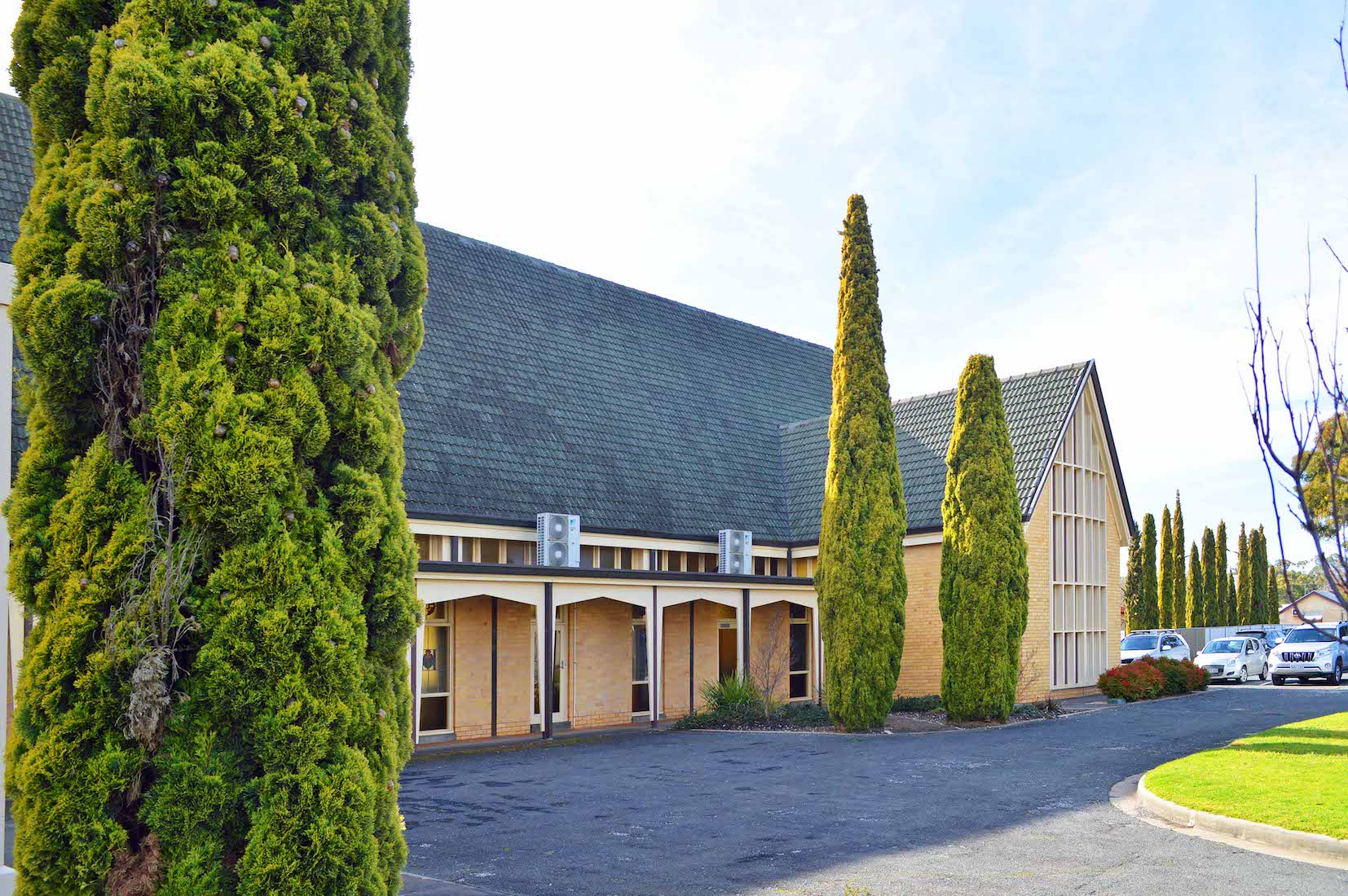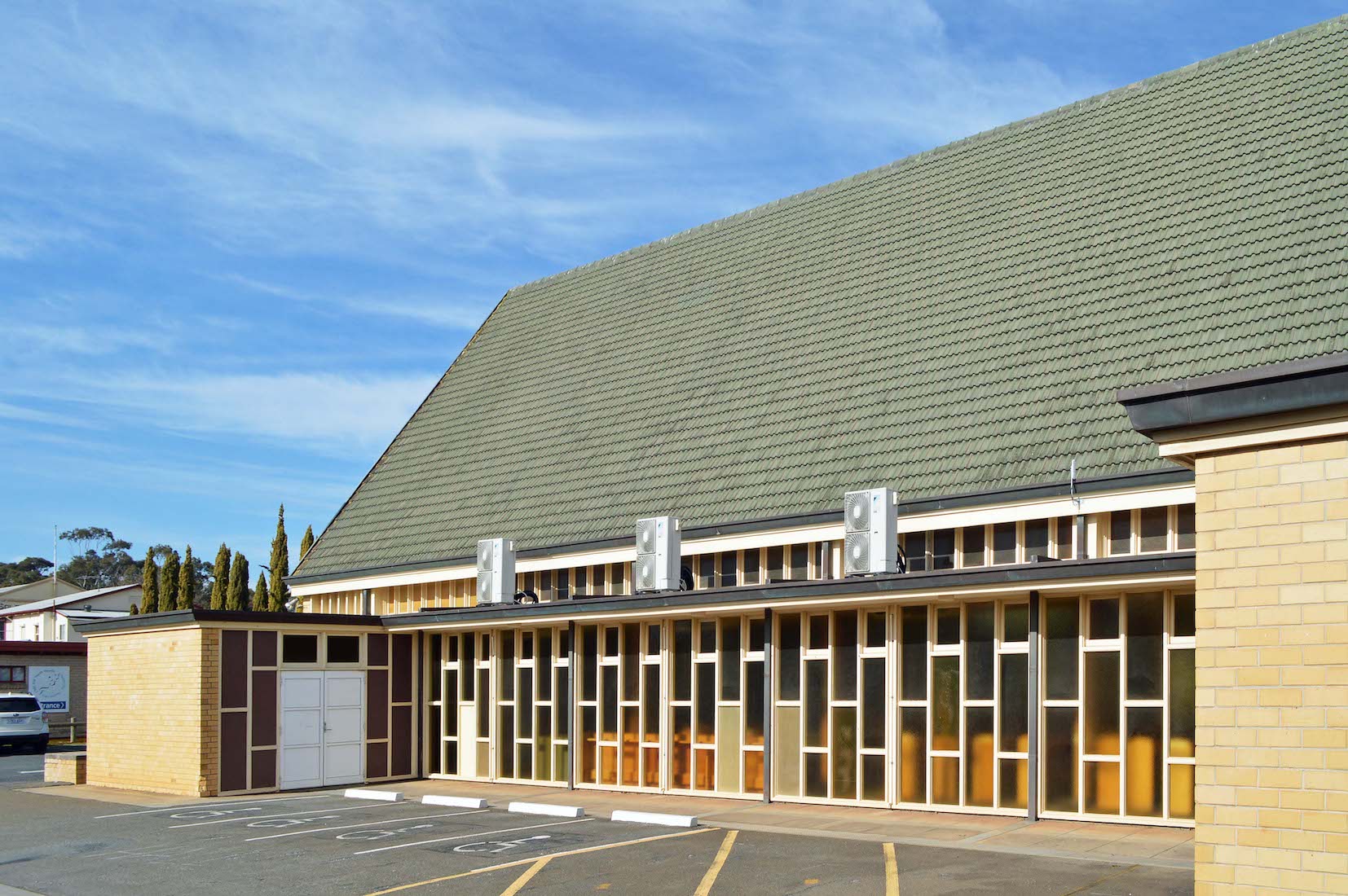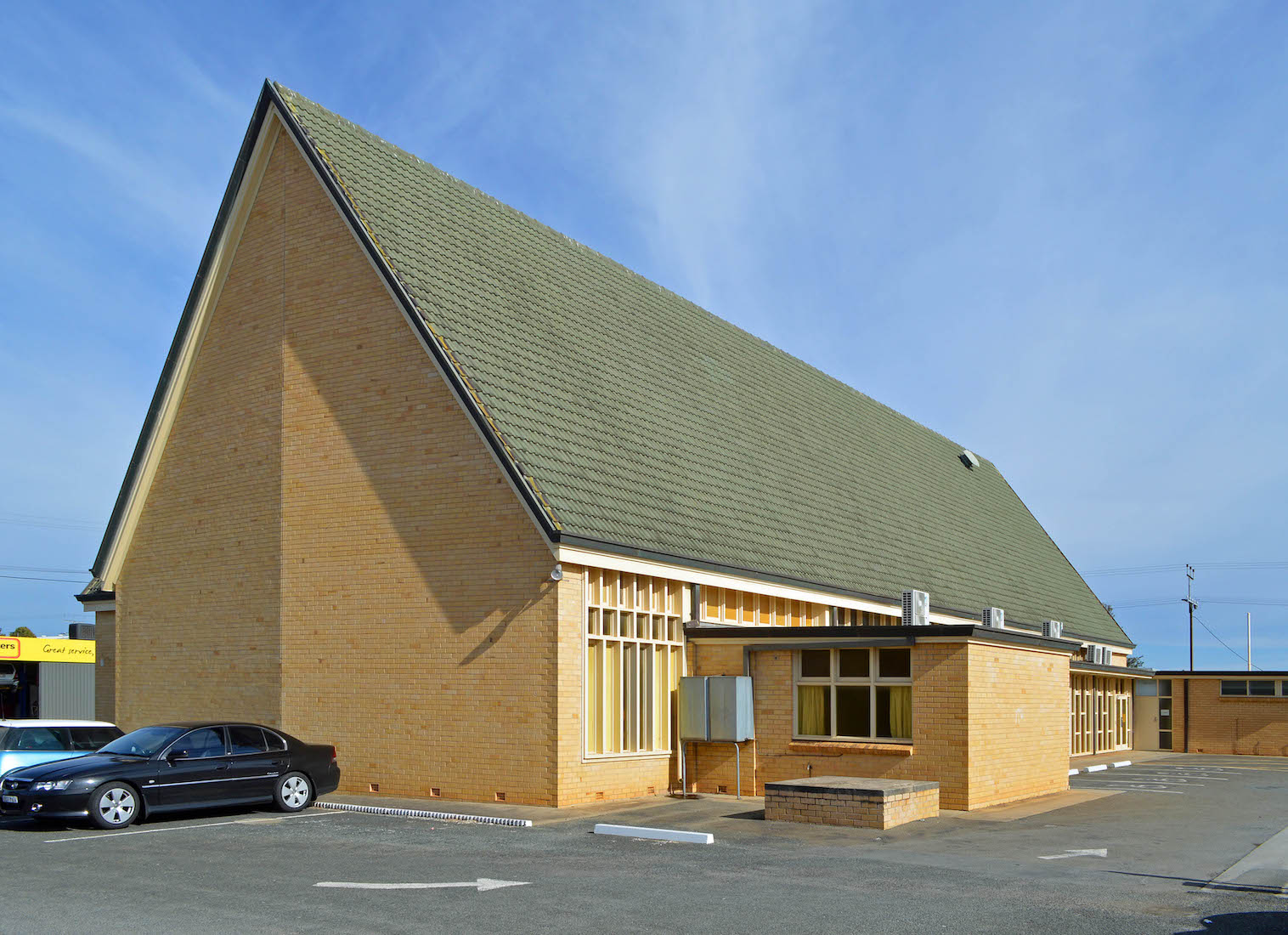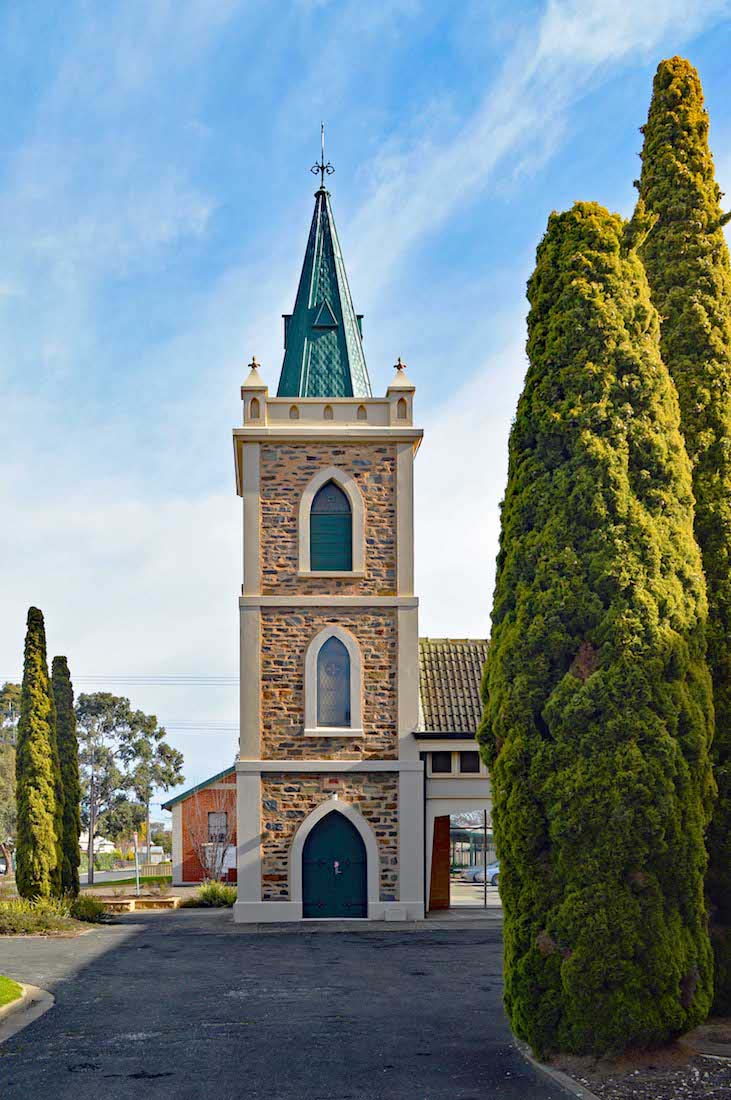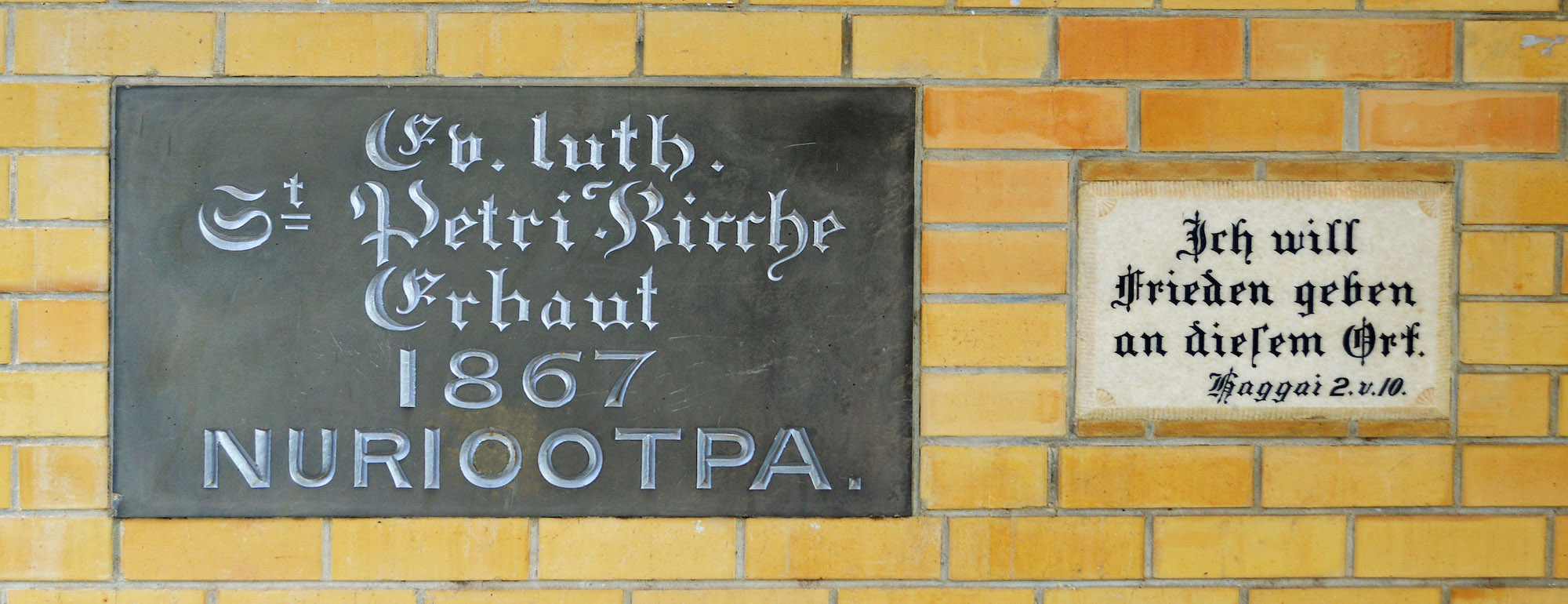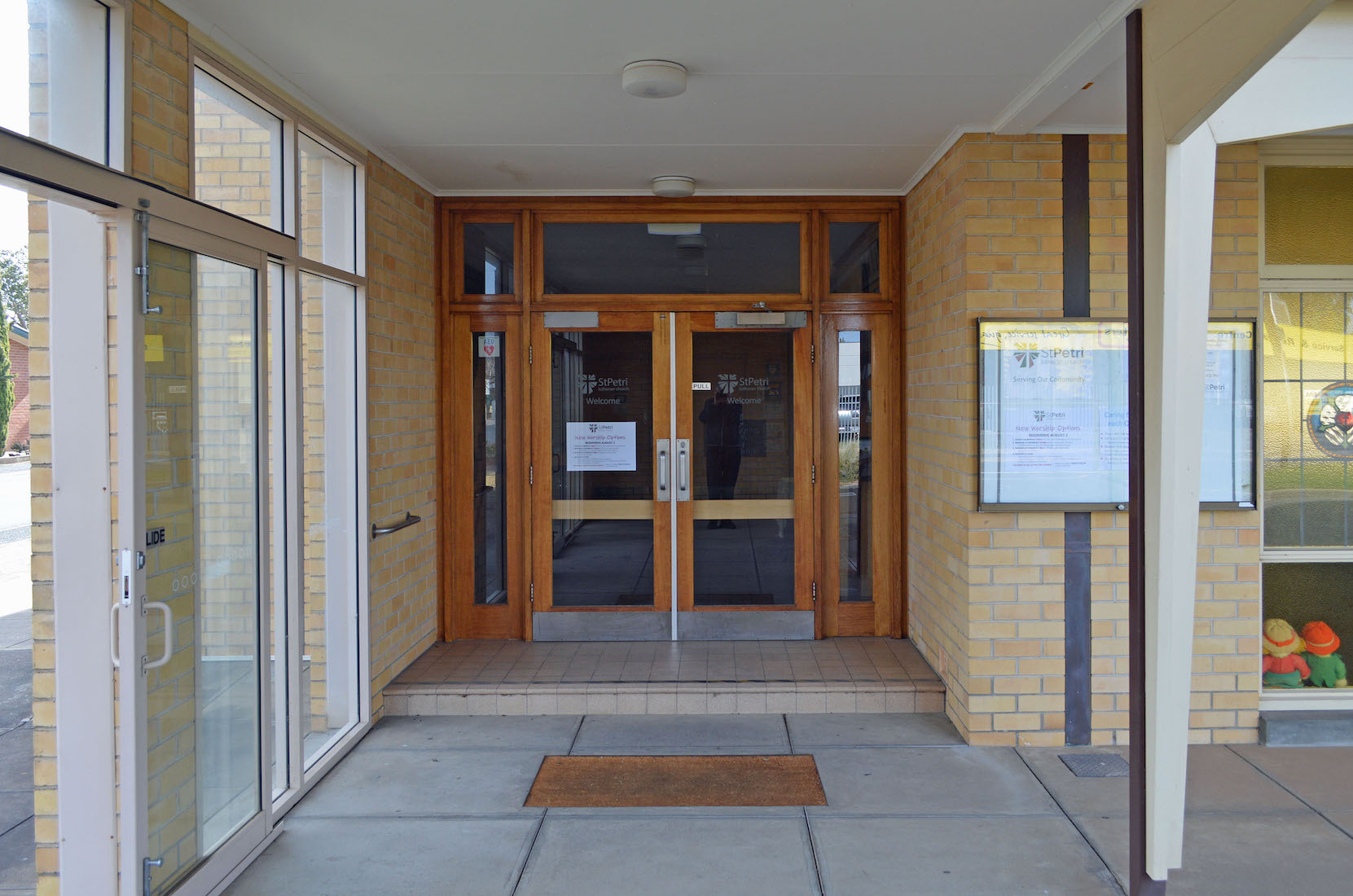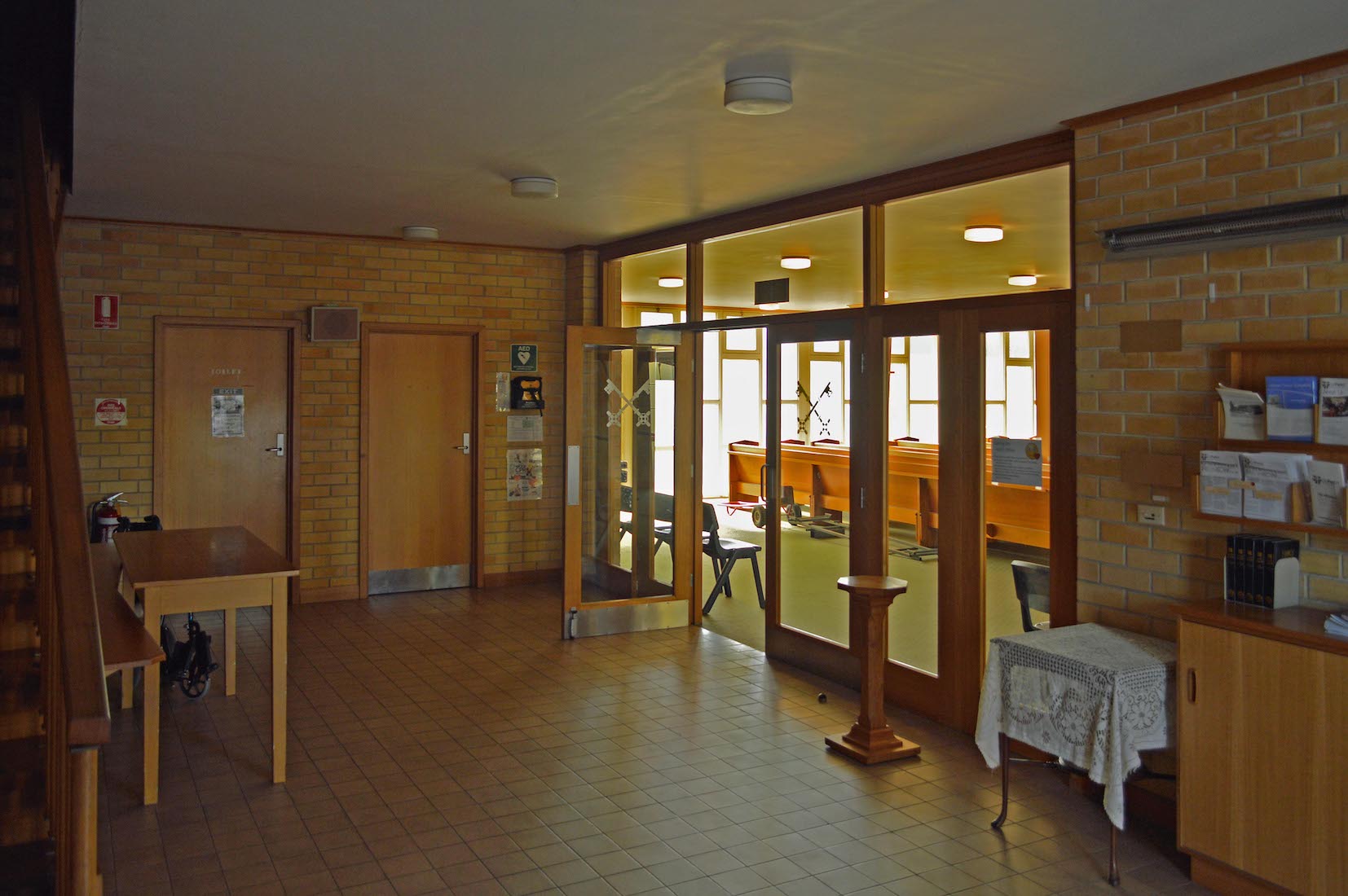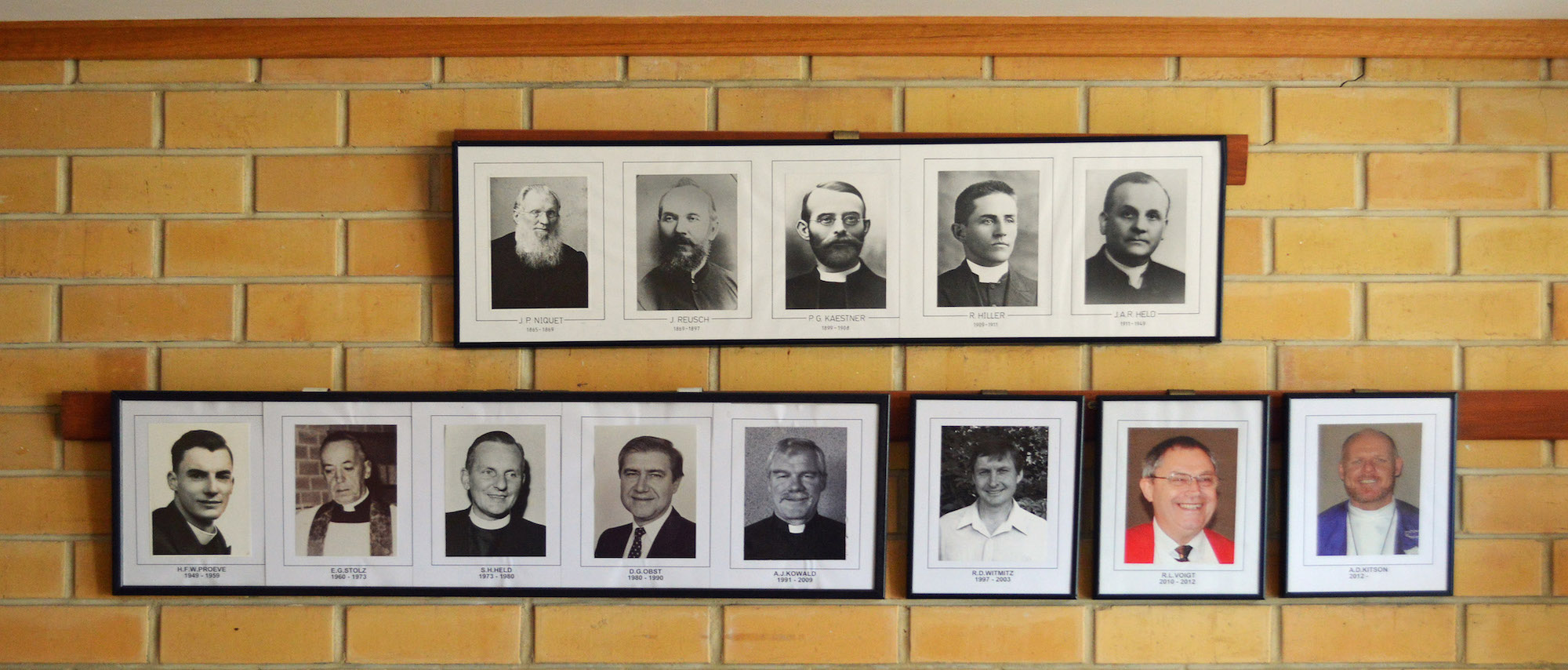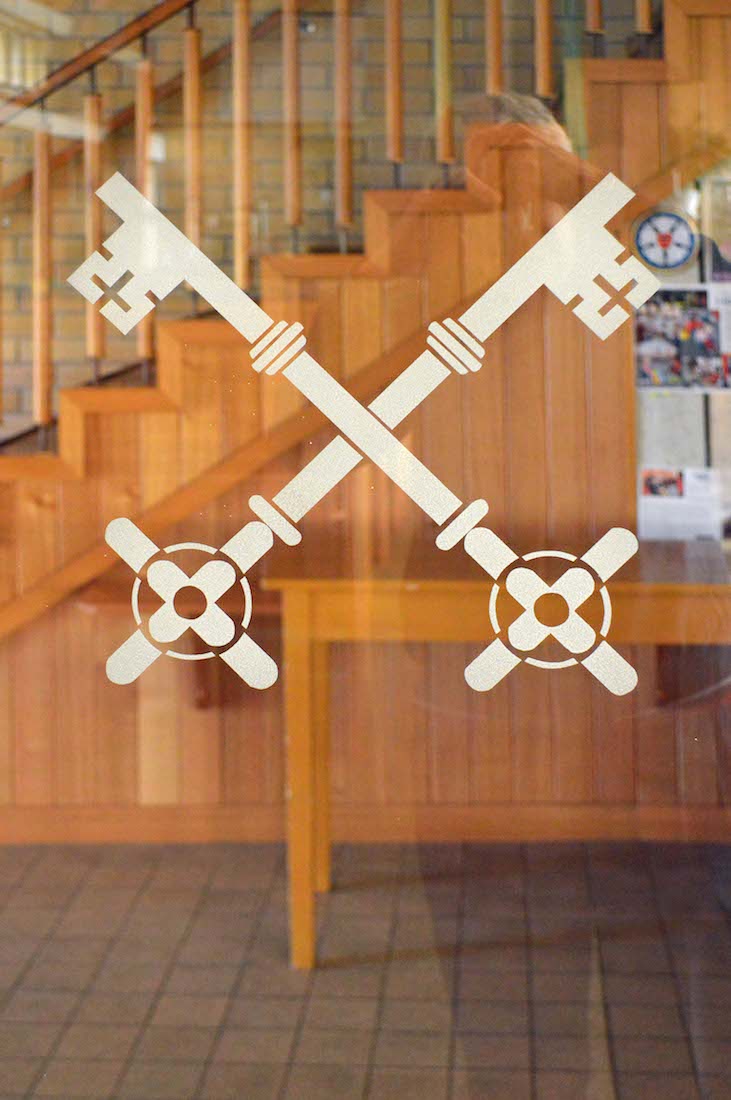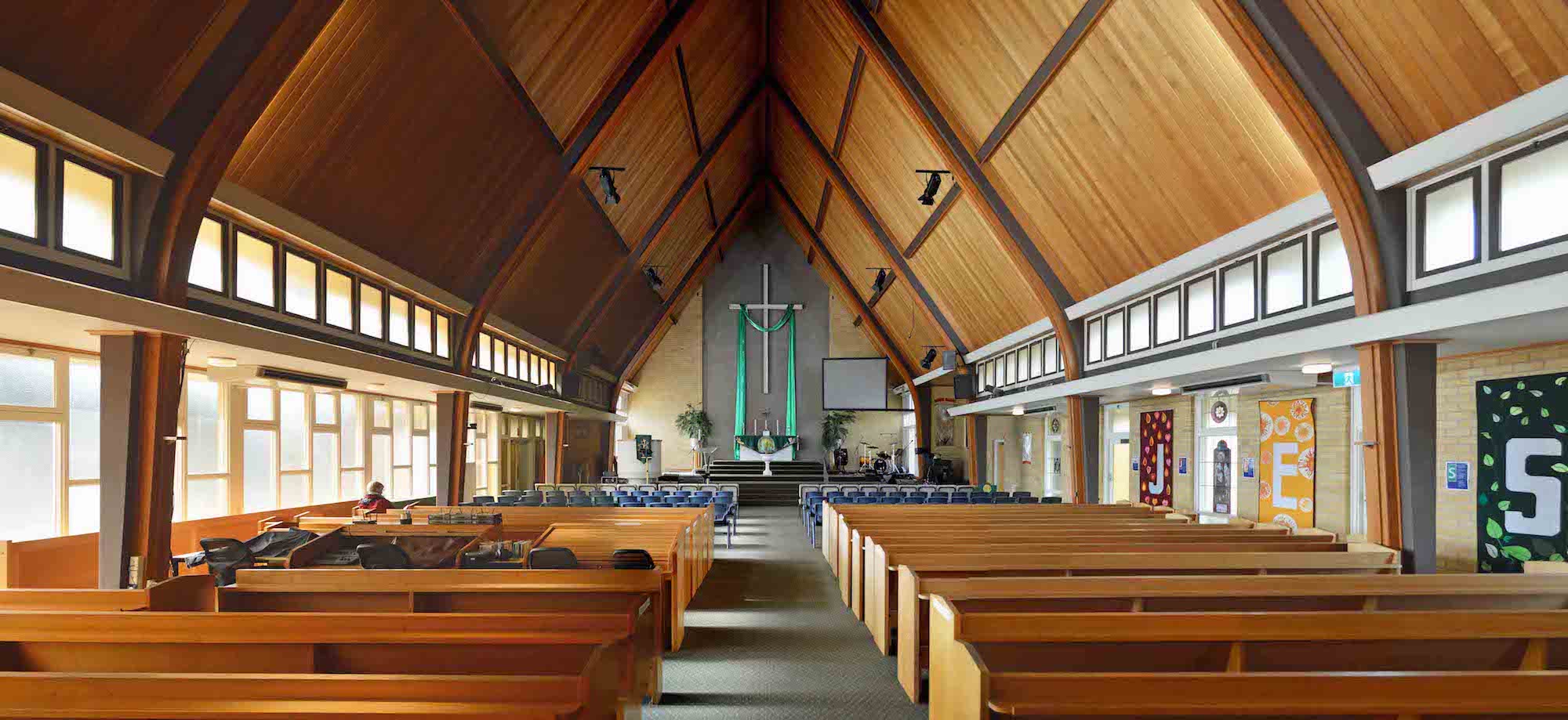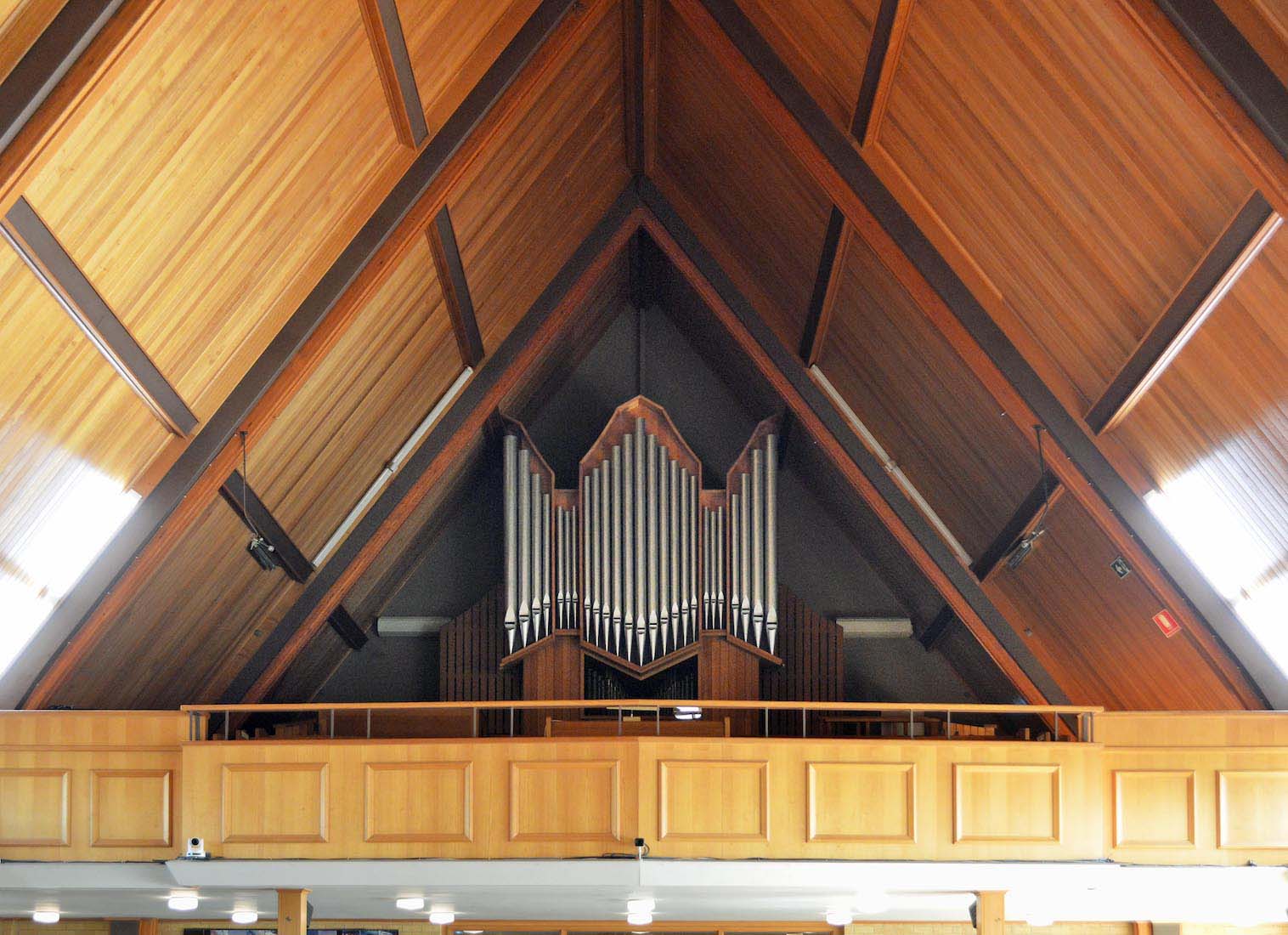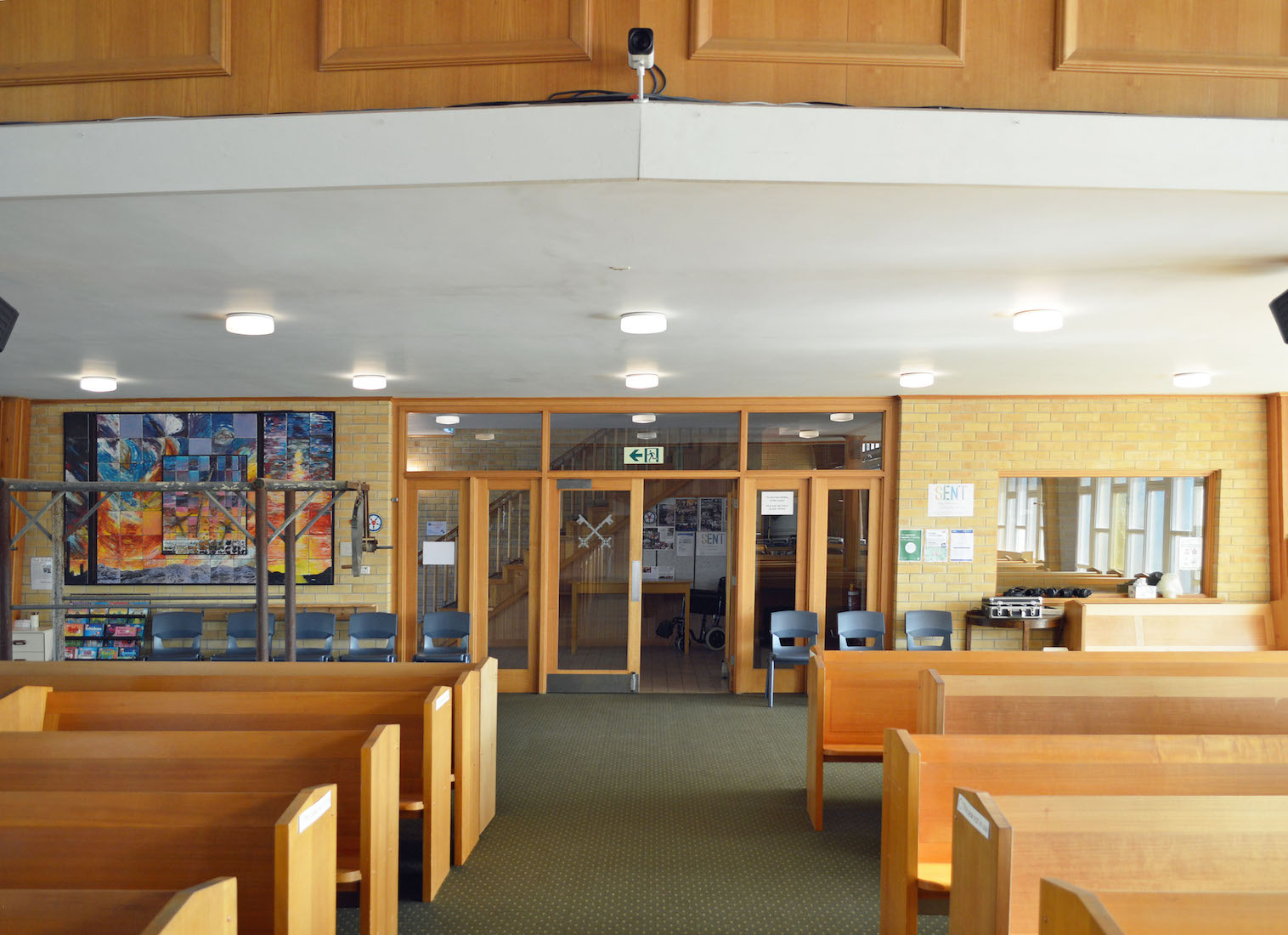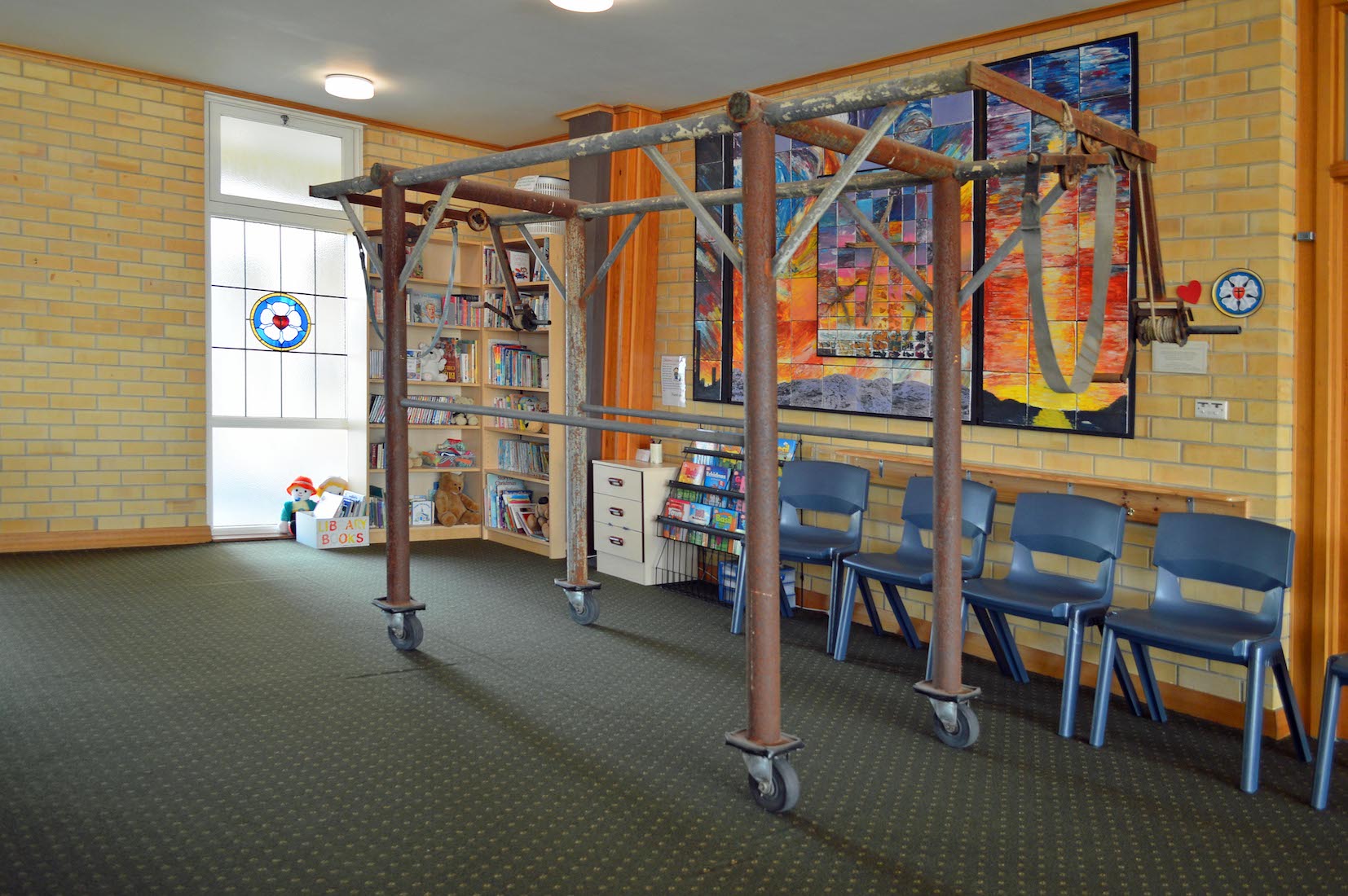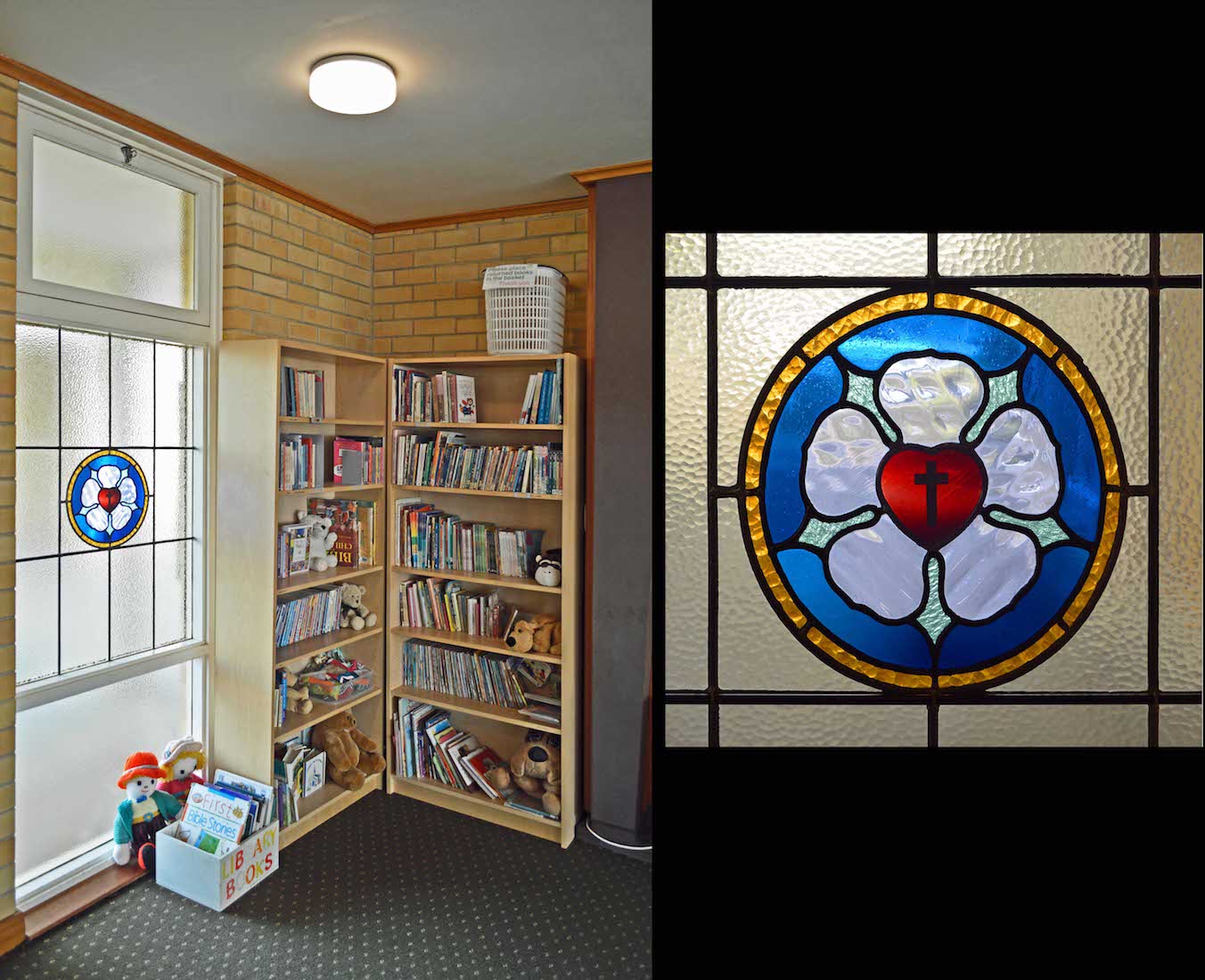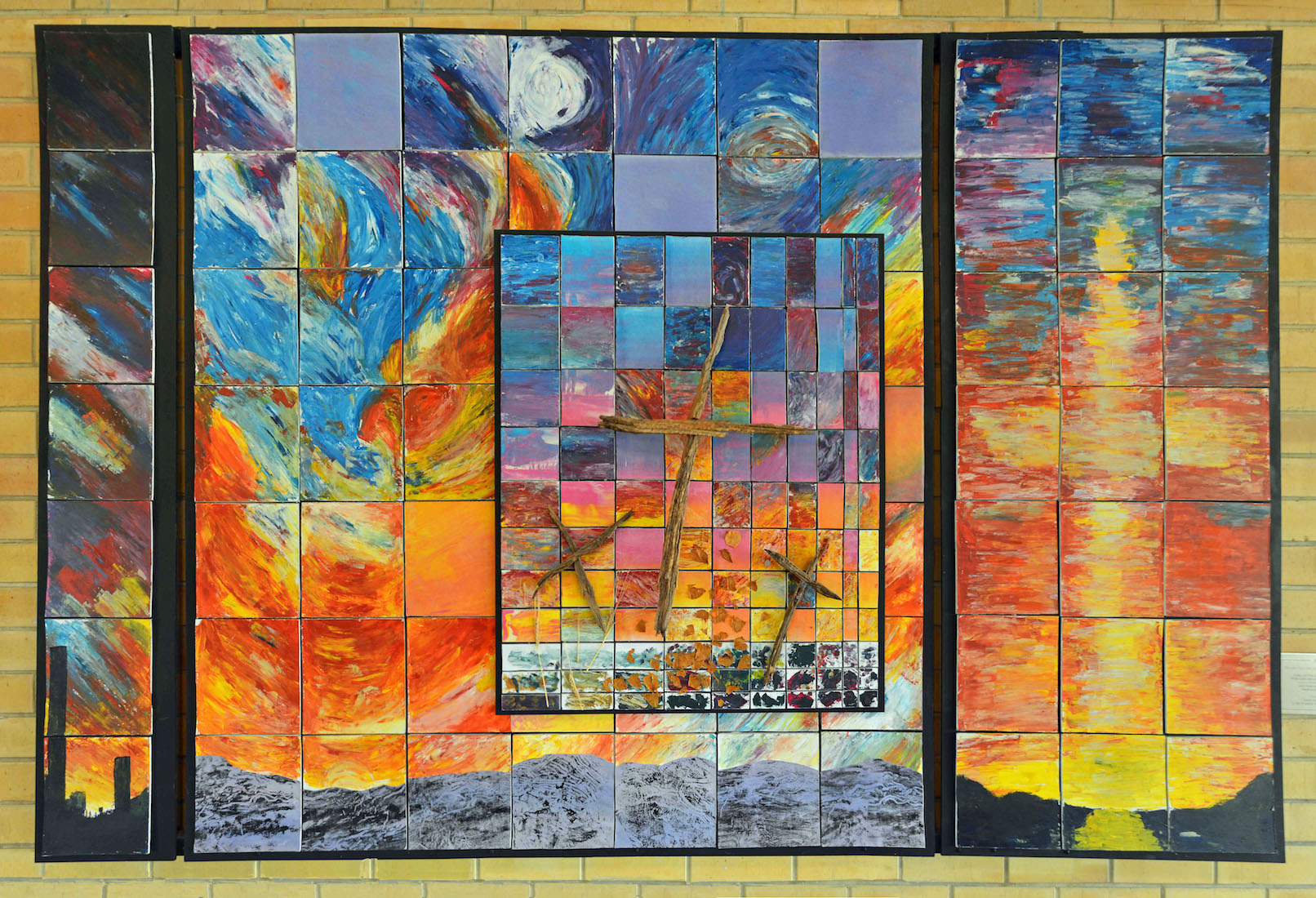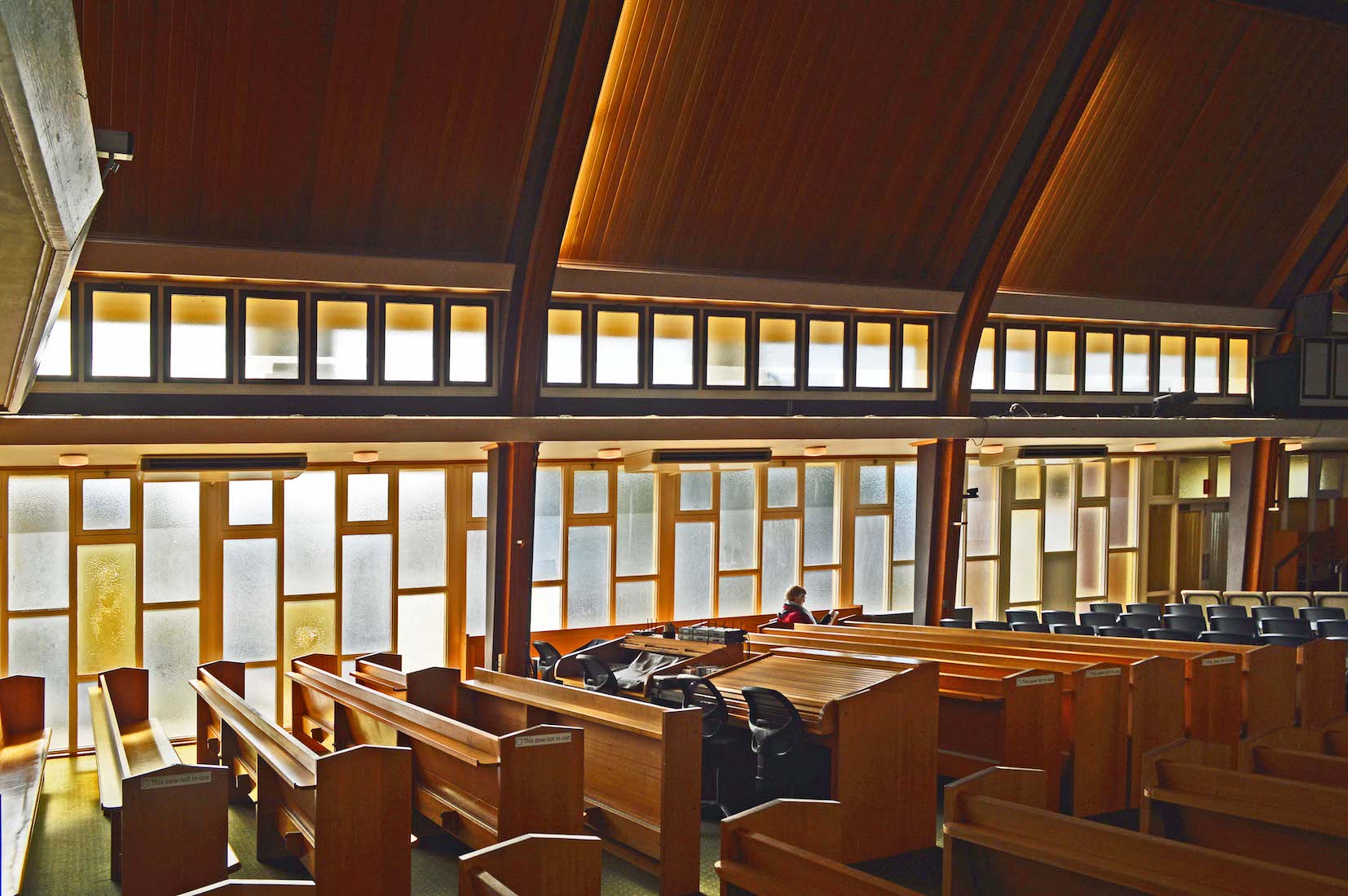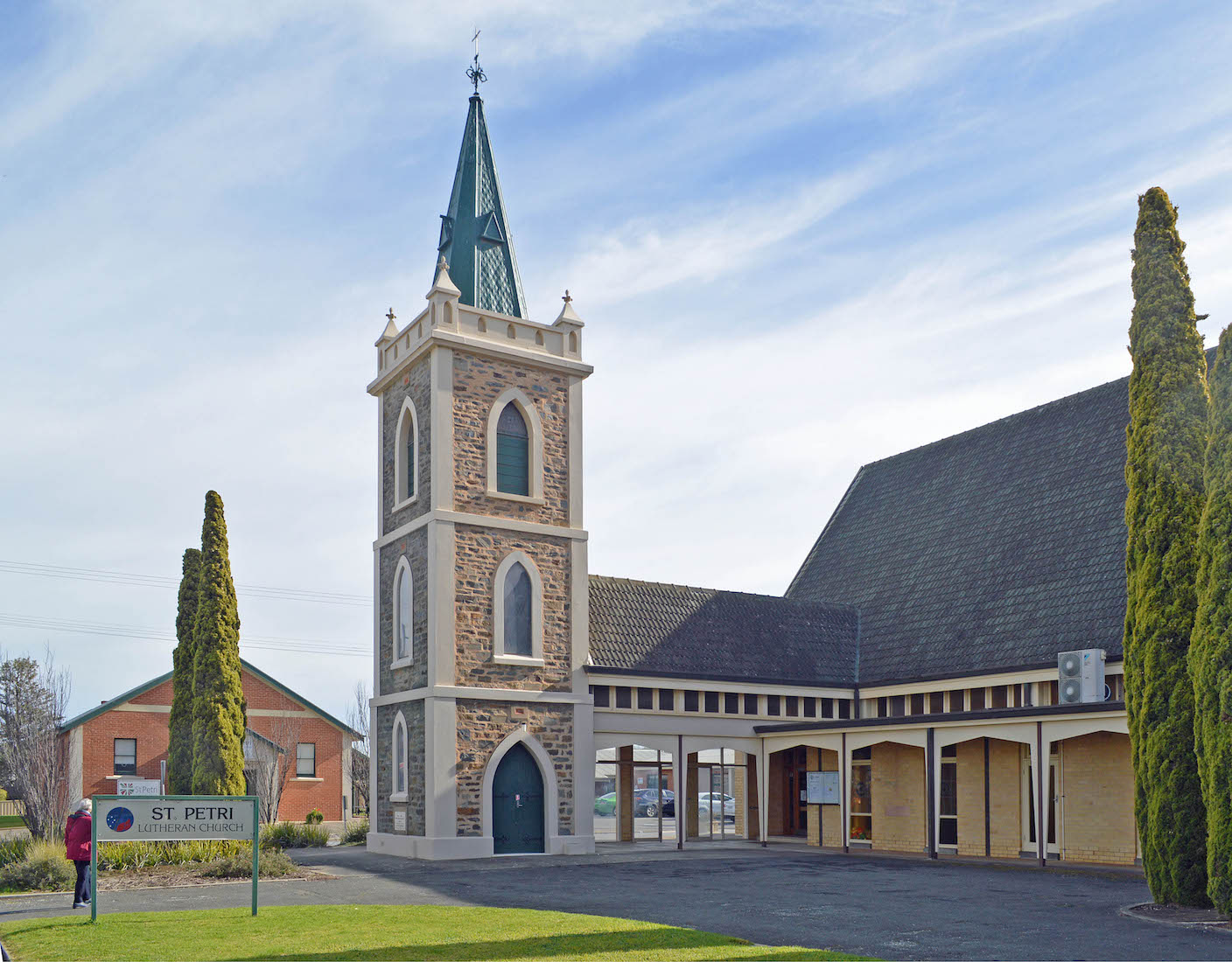
St Petri Church lies on the corner of First and Second Streets in Nuriootpa. From where we stand here, First Street is on our left, and to the right of the tower we look across Second Street towards the Church office. The new ‘Second Church’ to our right is connected to the tower by a covered linking passage way. The name ‘Petri’ is a variation of ‘Petrus‘ or ‘Peter’ – the disciple of Jesus. Petri is a comon surname in Northern Germany.
2. TOWER
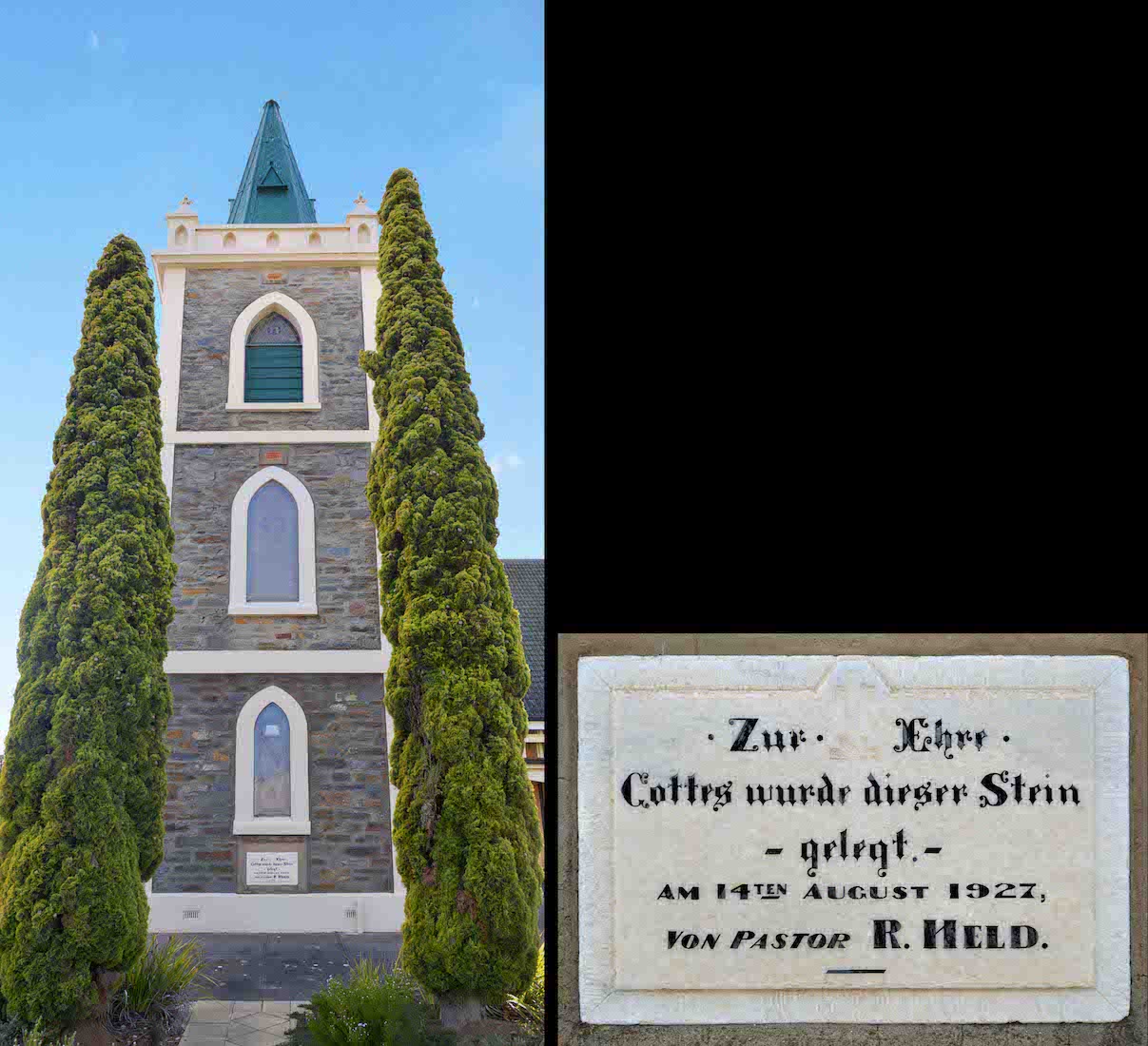
The tower was dedicated in August 1927 and cost $1599 to erect. It contains a bell, poured in a foundry in Bochum, Germany; the bell cost $1400. The plaque (in German) reads: ‘This stone was laid to the glory of God on 14th August 1927 by Pastor R. Held.’
3. SOUTH WALL LOOKING EAST
Standing close to the same spot, we turn right to view the South wall of the ‘new’ Church. The windows appear to be plain, with one stained glass inset visible. This main building has a South transept near the East end too: I assume the Pastor’s vestry lies in here.
4. THE LINK SEEN FROM THE WEST
It is my custom to walk right around the outside of a Church, here in a clockwise direction. This Church is dedicated to St Peter.
5. WEST VIEW
Standing on Second Street, we see the high West face of the Church and the link to the tower. Although the architectural styles are quite different, I think the link works well.
6. THE NORTH WALL
The Church building is modern in style with ample windows for allowing light inside. The high gable roof helps in dissipating summer heat, but may be less helpful in winter! We notice that there is a small extension on this side near the East end, but no North transept.
7. NORTHEAST VIEW
The high East wall has no windows, and is slightly angled, either for design purposes, or to give added structural strength. The Church on this side is surrounded by open space for car parking, which is useful but not attractive.
8. EAST VIEW OF THE TOWER
We now complete our circuit of the Church as we return to the tower. This must be the most attractive exterior feature of this Church! The first floor window has open lattice work with a central decorative motif – a feature common to the Barossa Valley Lutheran churches.
9. TOWER PLAQUES
These two plaques are on the covered link side of the tower. At left is the foundation stone for the first Church, reading (in German): ‘Ev. Luth. St Petri Church Built 1867 Nuriootpa.’ At right is a Bible verse: ‘I will give peace in this place.’ Haggai 2.v.10.’ In fact the reference is Haggai 2:9 in all versions that I can find!
10. ENTRY DOORS
The connecting link from the tower leads to the entry doors to the Church. Etched on the doors is the word ‘Welcome’ along with the Church name and logo.
11. FOYER
As we enter the foyer, a flight of stairs ahead of us leads up to the gallery, and a further pair of doors to our right leads through into the nave.
12. FOYER GALLERY
To our immediate right is a gallery of photographs of Church pastors, past and present. This is a feature of many of the Valley Lutheran Churches. I find the changes in fashion over the years interesting, and the recent burst into colour!
13. CROSSED KEYS
The doors from foyer to nave carry a crossed keys symbol – a reference to the Gospel passage (Matthew 16:19) about Jesus giving the keys of the kingdom to Peter. A relevant symbol for this Church ... .
14. NAVE
The nave is an attractive worship space with its soaring roofline and draped cross at the front. The North windows give ample light, and there are items of interest on the South wall.
15. BALCONY ORGAN
The first Church organ purchased in 1887 was sold to Holy Trinity, and the present instrument was installed by Mr Steve Laurie of Melbourne in 1968. Built as an electric extension organ, some of this work was removed in 1990 by George Stephens (Adelaide), and completed ranks were added. The organ has pedals and two manuals.
16. BELOW THE BALCONY
Under the balcony, on the right there is a window through to a crying room, where parents with young children can sit. To the left there is some sort of lifting equipment(!) with a wonderful tiled artwork behind.
17. LIBRARY CORNER
From the central aisle we look Southwards under the balcony. The mechanical monster is for lifting and moving the pews. It does not usually live within the Church but has been used recently in connection with the coronavirus.
18. BOOKSHELF CORNER
In the Southwest corner under the balcony there is a library of children’s books. Next to it is a lattice window with an inset stained glass motif – the Lutheran rose. This rose was used as a seal by Martin Luther, as he felt it in some way expressed his faith. These round motif designs are used widely in the windows of the Valley Lutheran churches.
19. POSTER
On the back wall here is this colourful and spectacular tiled poster board. The inset has images of the crucifixion crosses, and the whole artwork moves from the grimness of Calvary at left to the glory of victory and ascension at right. It is a powerful work.
20. NORTH NAVE
The North side of the nave is a window wall. At the time of our visit, seating was restricted due to the COVID-virus. We notice the PA system desks at centre.


